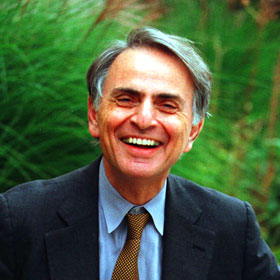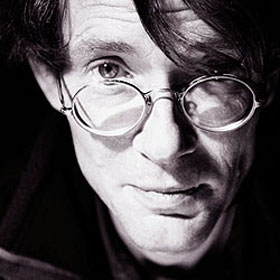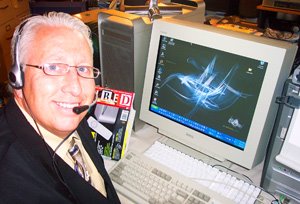Understanding Human Consciousness!
++ Bill Newsome / Stanford University - Newsome Lab
BIOTECH :: Neuroscientist Bill Newsome wants to implant an electrode in his brain to better understand human consciousness.
Bill Newsome, a neuroscientist at Stanford University in Palo Alto, California, has spent the last twenty years studying how neurons encode information and how they use it to make decisions about the world.

But Newsome is obsessed with a lingering question: How does consciousness arise from brain function? He feels the best way to answer that question is by implanting an electrode into his own brain -- and seeing how the electric current changes his perception of the world.Electrical stimulation of the brain is not new. Wilder Penfield, a neurosurgeon in Canada in 1930s and 40s, who pioneered the neurosurgical treatment of epilepsy, was the first to start stimulating the brains of conscious humans.
He wanted to be able to identify the parts of the brain involved in speech and movement, before he took out the piece of brain he thought was responsible for disease, so he developed ways to make a hole in the skull and expose the brain in fully conscious humans.
While he was stimulating the brain for clinical purposes, he also stimulated other parts of brain. He showed that by stimulating the visual cortex, you can get people to see stars or flashes of light. When he stimulated the auditory cortex, people could hear buzzing signals. When he went deeper into the brain, into the temporal cortex, he could elicit complex perceptions. A patient would say things like, "I'm sitting on the back porch of my mother's house and she's calling me to dinner."
Note from Technophile: Wilder Penfield did all of this in the 1930s, but the field never went anywhere because he knew nothing about the circuitry of the brain. Penfield was just stimulating neural tissue. He could elicit conscious phenomena, but he gained no insight into how, exactly, the conscious phenomena are related to the activated neurons. Now we know about single cells, neural circuits, and their selective properties. So we can make better hypotheses about how cells might contribute to cognitive phenomena such as perception or memory or attention. The second part, and one that is far more philosophical and complex, is how that brain activity translates into consciousness -- a person's self-awareness and perception of the world around them.:: Source: [Newsome Lab]
:: Innovation: Exploring the frontier of human consciousness.
:: Image credit: Justin Moses




















0 Comments:
Post a Comment
<< Home